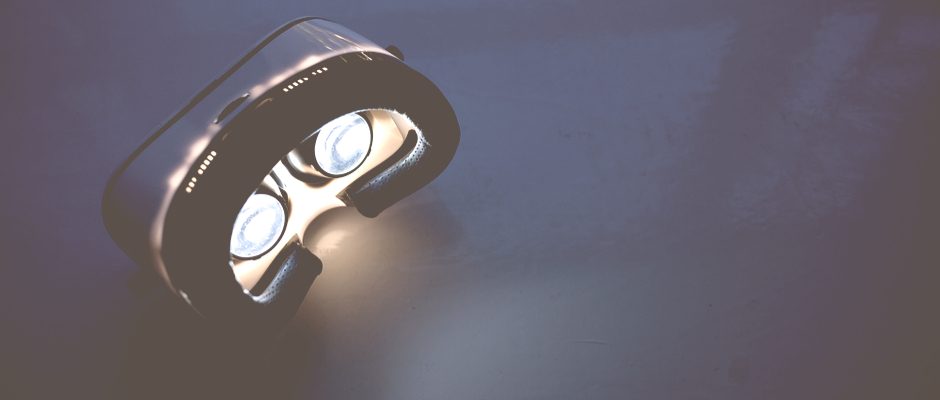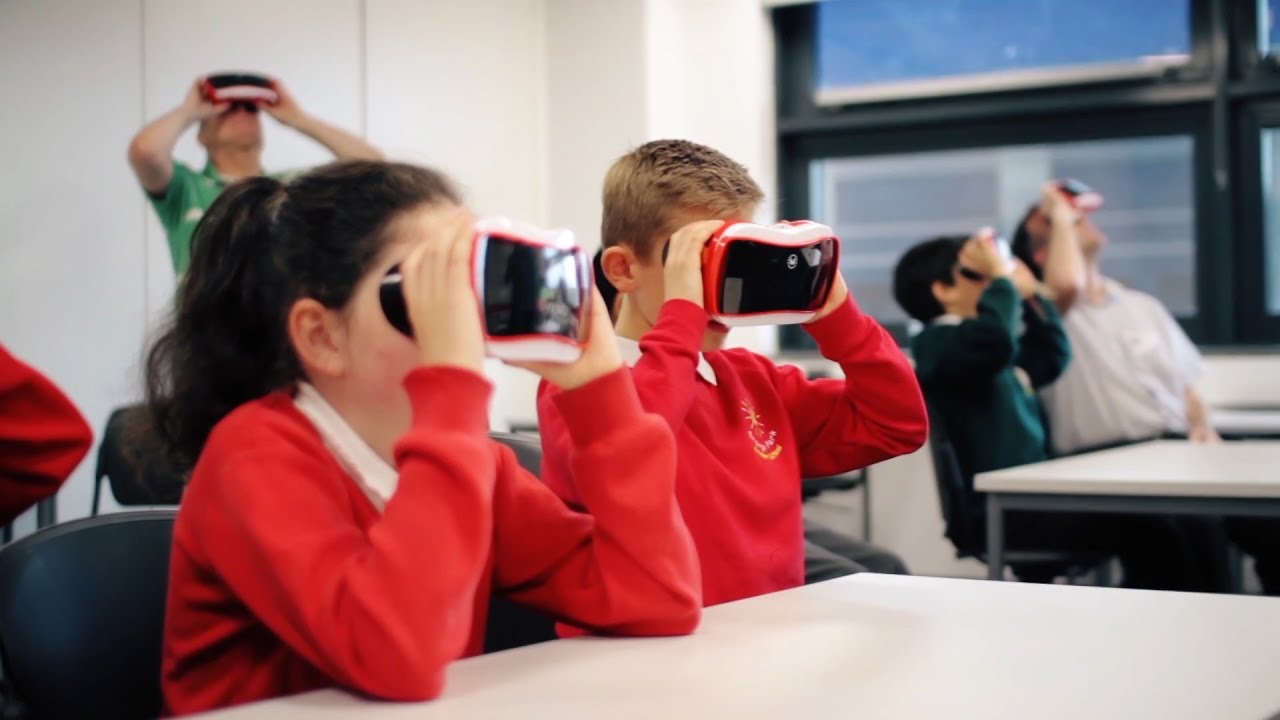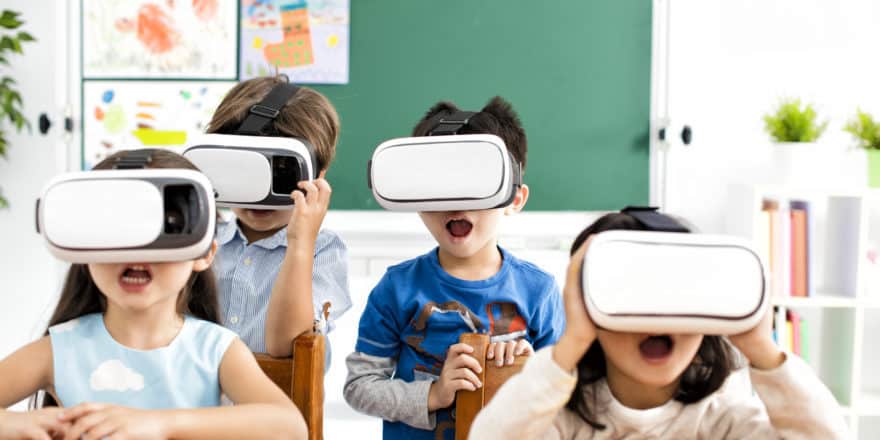Why VR is so effective for learning
Imagine taking a class about the solar system, but instead of reading a textbook section about gravitational pull you’re soaring around the rings of Saturn. Or maybe you’re a surgical resident and rather than watch a video about how to do a face transplant you actually perform one.
Virtual reality (VR) presentations have proven to be more than just novel visual aids for education. They’re powerful learning tools. Research shows that retention rates rise when students or job trainees use virtual reality to immerse themselves in a lesson or scenario.

- 0 Comments
- Oct 7, 2019 10:10:00 AM
- Posted by Natalia Galvis
- Topics: EdTech, STEM, VR, Realidad Virtual, STEMchat, Edchat
Classroom field trips via VR become a national trend
It’s back-to-school season and students could be visiting the majesty of the Grand Canyon, the convolutions of the human brain, the depths of the ocean, or even the barren landscape of Mars — all without ever leaving the classroom. Indeed, as technology grows and becomes more readily accessible, more teachers are taking their students on field trips using virtual reality.

- 0 Comments
- Sep 3, 2019 11:56:35 AM
- Posted by Natalia Galvis
- Topics: STEM, Curriculum, steam, teachers, VR, STEMchat, Edchat
Beyond the screen: how the classroom experience will evolve
When we think of technology in the classroom, the first image that comes to mind is probably a room full of students staring at screens all day, raising legitimate concerns about their eyesight, lack of meaningful interaction with other people, and for the younger ones, even about their brain development.

But technology, including the devices and apps used in education, is not only advancing, it is changing form, so the stereotype no longer has to be true. Interacting with a screen is only a part of the experience EdTech has to offer: from artificial intelligence to mixed reality, education technology has left the limited space of the screen behind and is acquiring a role in the classroom that is not just larger, but also more varied.
- 0 Comments
- Jun 25, 2019 10:40:52 AM
- Posted by Maria Alejandra Calcetero
- Topics: EdTech, STEM, Technology, VR, STEMchat, AR
Relevant Posts
Popular Posts
Subscribe to Email Updates
-
I Want To Learn MoreADDITIONAL INFORMATION


